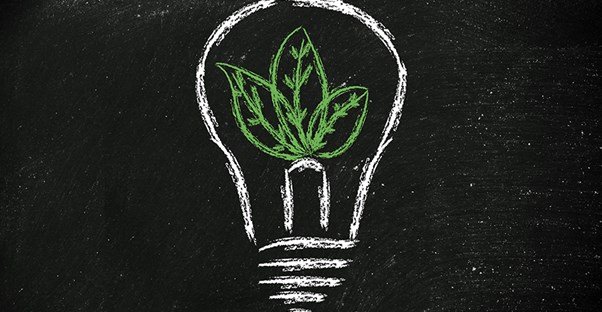Sustainability is a word that people use on a regular basis, but what does it mean? This word can be used in many ways, even in different fields of business. This overview can help you better understand sustainability throughout various markets.
Sustainability Defined
Sustainability is one of the most talked about subjects in the world. The term can become convoluted with the several meanings and the tendency to dismiss the idea. Many countries and companies take sustainability very seriously. Essentially, sustainability is the concept that embraces the preservation of the environment as well as issues like efficient use of resources, continual social progress, stable economic growth, and the eradication of poverty.
As mentioned before, many fields practice sustainability from business to construction and development. Each area treats the topic differently (which can make it difficult to grasp), but sustainability always focuses on preservation, efficient use, and continual progress.
Sustainable Business Practices
Business sustainability is a hot topic, and is often defined as managing the “triple bottom line.” This is a process by which a company manages financial, social, and environmental risks, obligations, and opportunities. These issues often impact people and the planet.
Business sustainability often has an accounting approach since profits are a huge factor for most companies. Sustainable business practices can be small or large. For example, a firm may switch to a paperless office environment. While this is small, it’s a sustainable business practice that helps the environment. Another way a business can practice sustainability is by using conflict-free mineral or resource materials.
Sustainable Development
Sustainable development is the process of meeting human development goals while sustaining the environment and natural systems to meet goals in the future. This approach is about developing the needs of the present without compromising the health of the planet or future generations. Sustainable development often works hand in hand with sustainability in construction and can be seen as very similar. However, sustainable development has a larger perspective.
For example, the United Nations created Sustainable Development Goals (SDGs) for every country to help repair issues related to poverty, hunger, health and well-being, gender equality, clean water, and many other subjects. SDGs also aim to combat climate change and the degradation of the environment.
Sustainability in Construction
Like sustainable development, sustainability in construction focuses on meeting the needs of the present while preserving the needs of the future. Rather than looking at a global scale, sustainability in construction focuses locally. People need places to work and live, and buildings have the capacity to make a major contribution to a more sustainable future for our planet.
For sustainable construction, it’s important to meet the present day needs for housing, working environments, and infrastructure without compromising the environment that future generations will live in. This incorporates elements of economic efficiency, environmental performance, and social responsibility. An example of sustainability in construction is when a project’s ecological footprint is minimized by reducing carbon emissions. A company may use more resilient products rather than cheaper materials that will break down over time.



